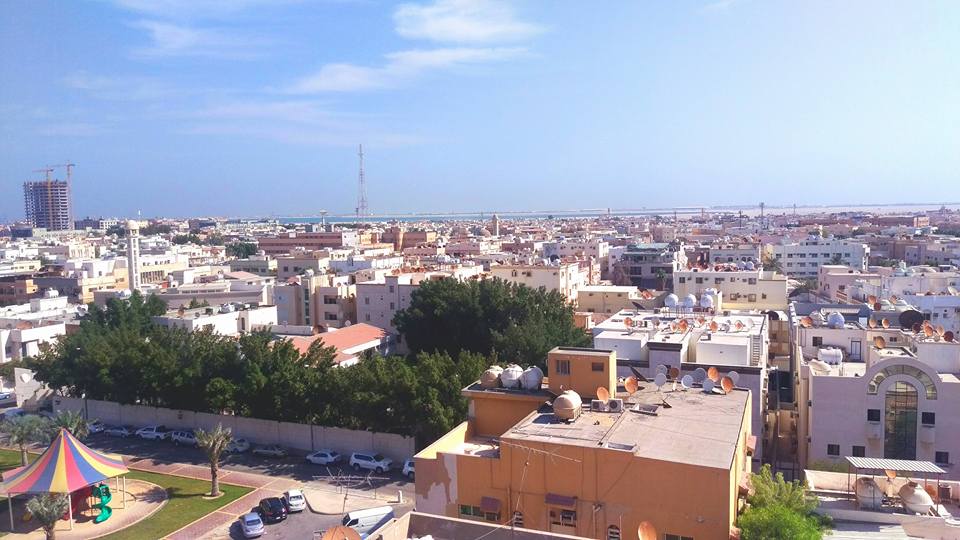
Uploaded on 2017-03-08 by Rizkallah Ghazaly
The exposure of thermal anomaly within Saudi Arabia region has invariably triggers a unique climate phenomenon called heat stress and heat stroke among its inhabitants. There are an increasing number of cases associated with sudden death due to extreme heat in Saudi Arabia. In general, this study attempts to examine the changes in the thermal anomaly and the heat island phenomenon in three major cities of Mecca, Medina and Jeddah, particularly during the Hajj period by means of quantitative analyses of secondary information on climatology and MODIS remote sensing data. The study found that almost 48.3% of pilgrimage took place in summer, during which the heat index was categorized as of Extreme Danger. There was a potential existence of heat stroke within the Hajj season between the months of April to September. Local meteorological analysis had also established that Medina had experienced less extreme temperature conditions between 1982-2012 if compared to other cities. The study also found that the city of Jeddah and the city of Mecca were amongst the two main cities classified in the extreme heat wave category. Despite the minimal heat island intensity observed, the information is nevertheless essential to be integrated into any urban and regional development plans that seek to reduce the heat hazard of Saudi Arabia’s urban dwellers.